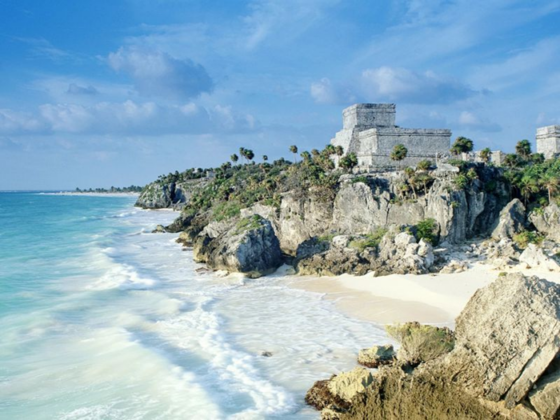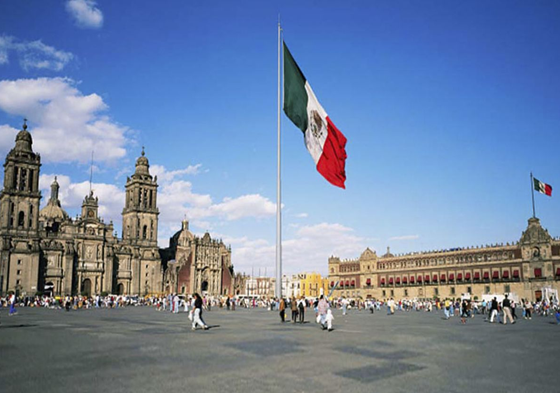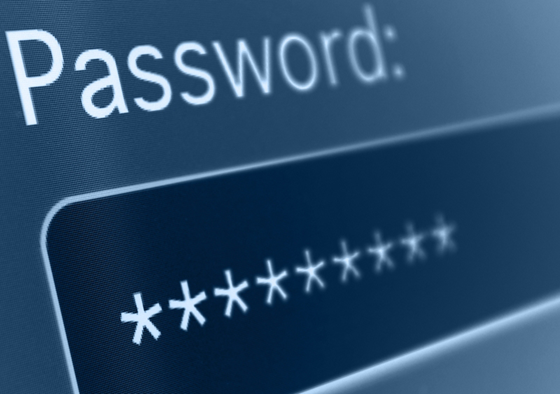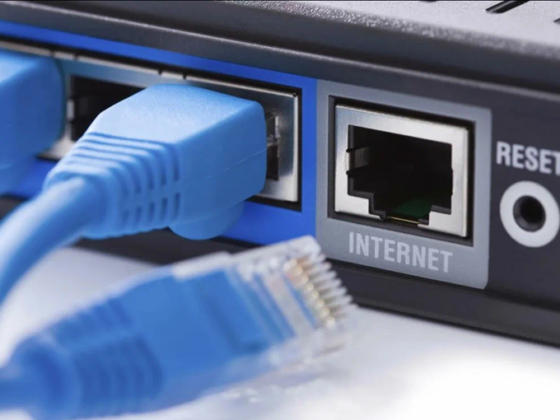When constructing interior partitions, various materials can be used. These include brick, drywall, foam blocks and many others. All these materials differ in their properties, and everyone has both disadvantages and advantages. Brick partitions are quite strong, they are resistant to moisture, but at the same time they need to be plastered, and they have a fairly large weight. As for the drywall walls, they are, unlike brick, light, but they can not always hang a heavy shelf or TV. To do this, initially strengthen the mounting site with a metal frame.
One of the best materials for the construction of interior partitions is the grooves of gypsum blocks. This material has a number of positive properties as resistance to moisture, it passes the air well, and is also quite durable. The partition from the groove blocks is quite easy to mount, while their surface does not require additional plastering.
If we talk about the features of laying such blocks, then they can be stacked both by the groove up and the groove down. However, it is recommended to place the groove up, then putty is distributed evenly. For installation, glue-spaces are used on a gypsum basis, but you can replace it with similar materials. Using the level and plumb, you must carefully ensure that all the blocks are located in the same plane. In the event that you have to cut a gypsum unit, this will not be difficult, using a hacksaw or a special power tool, you can easily cut off the desired part.
In interior partitions, you can easily install the doorway for the doors. Depending on the size of the opening, it is planned either during installation or cut out already in the erected wall.









